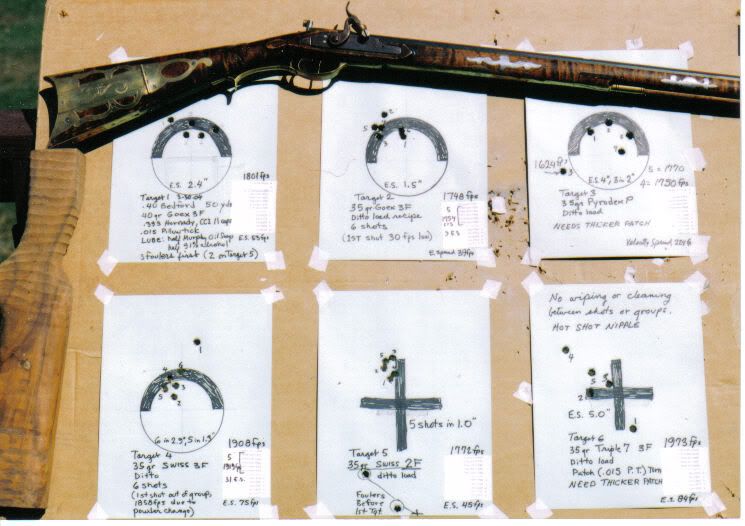I've been kicking around some ideas about building something in a Golden Age flintlock with a look in the school of Bucks, Bedford or Lehigh County. I like the smooth flowing drop from the breech to the butt. I think also that I have honed my skills to go up I level from early flint lock design to Golden Age.
Does anyone know any book titles and in turn from first hand experience know that they sufficiently illustrate original rifles of these schools?
To give you an idea here a a couple of books at TOW;
Bedford
Bedford
Golden Age
Unfortunatly I have not found any books that have illustrated Lehigh County.
If there are any builders out there that have suggestions regarding well illustrated books on the above schools it would be much appreciated.
 eace:
eace:
Does anyone know any book titles and in turn from first hand experience know that they sufficiently illustrate original rifles of these schools?
To give you an idea here a a couple of books at TOW;
Bedford
Bedford
Golden Age
Unfortunatly I have not found any books that have illustrated Lehigh County.
If there are any builders out there that have suggestions regarding well illustrated books on the above schools it would be much appreciated.







